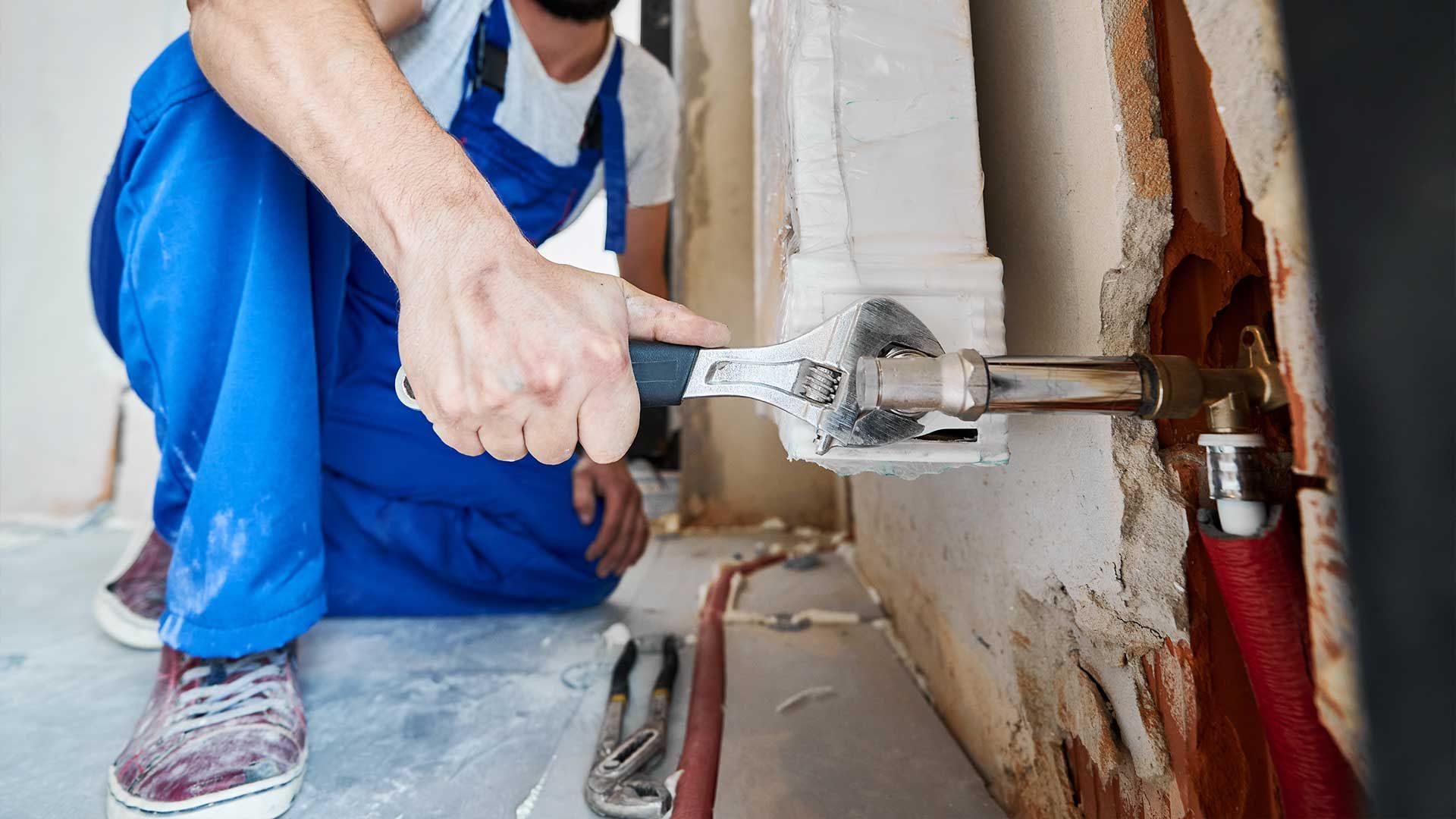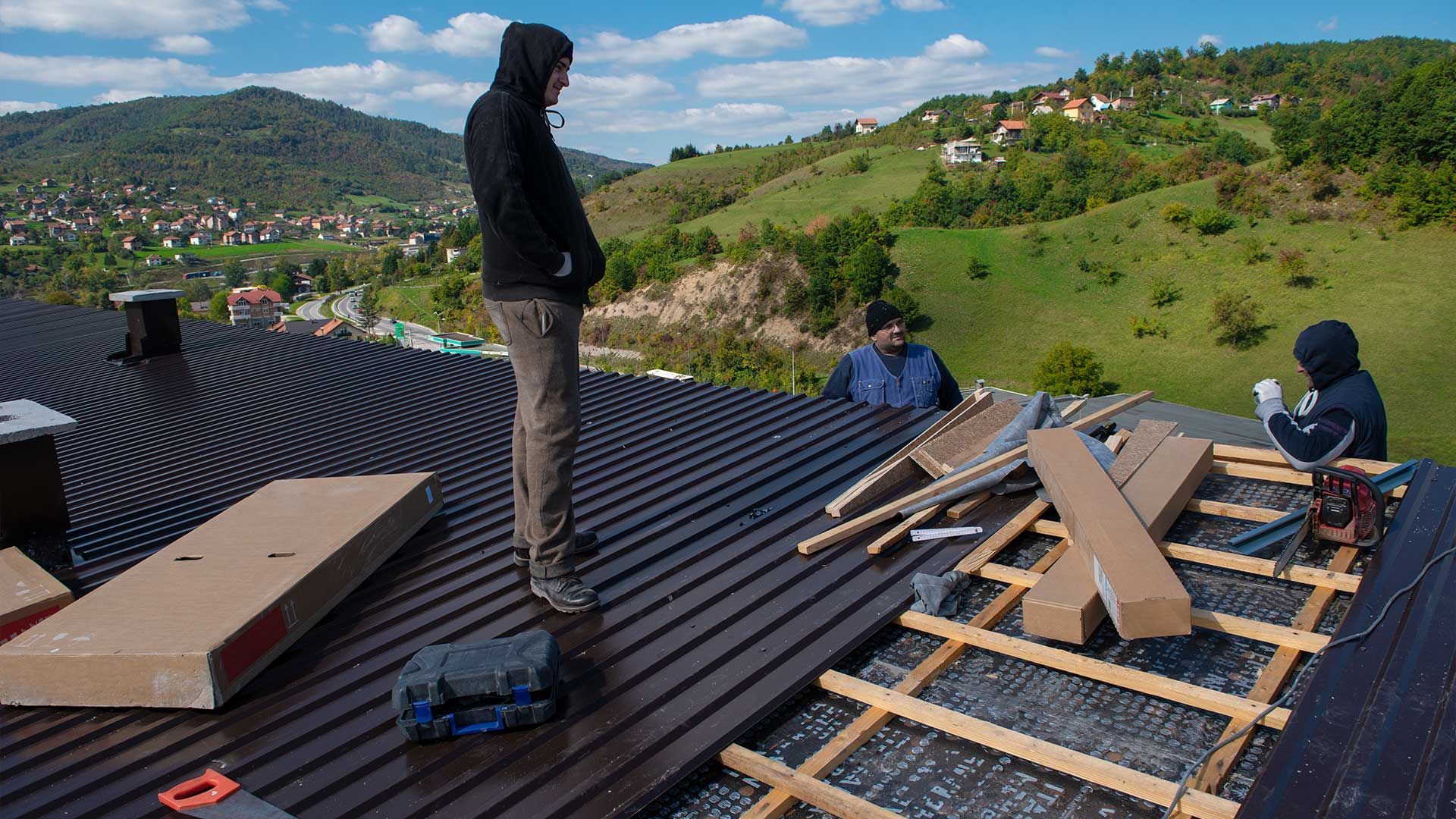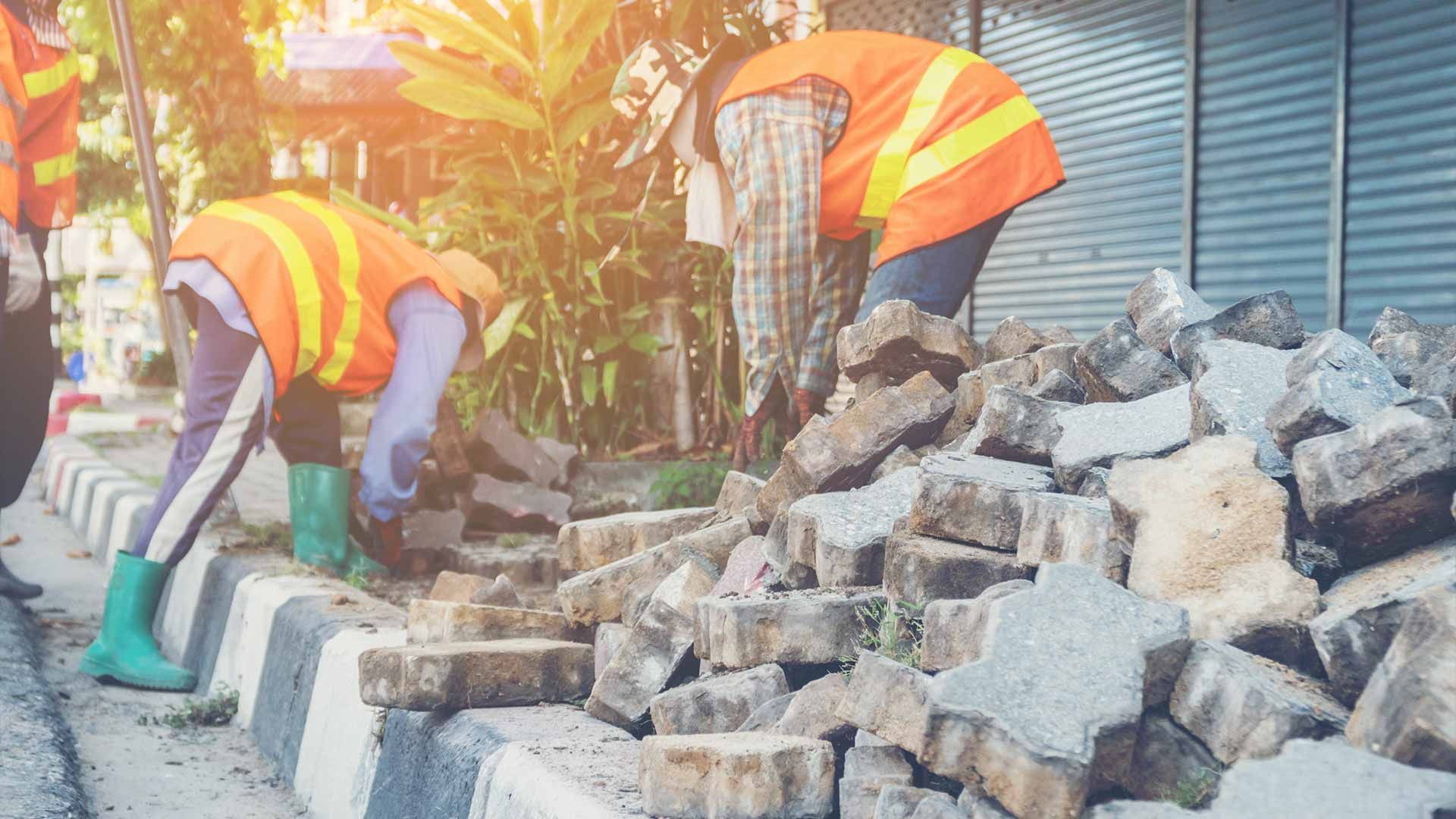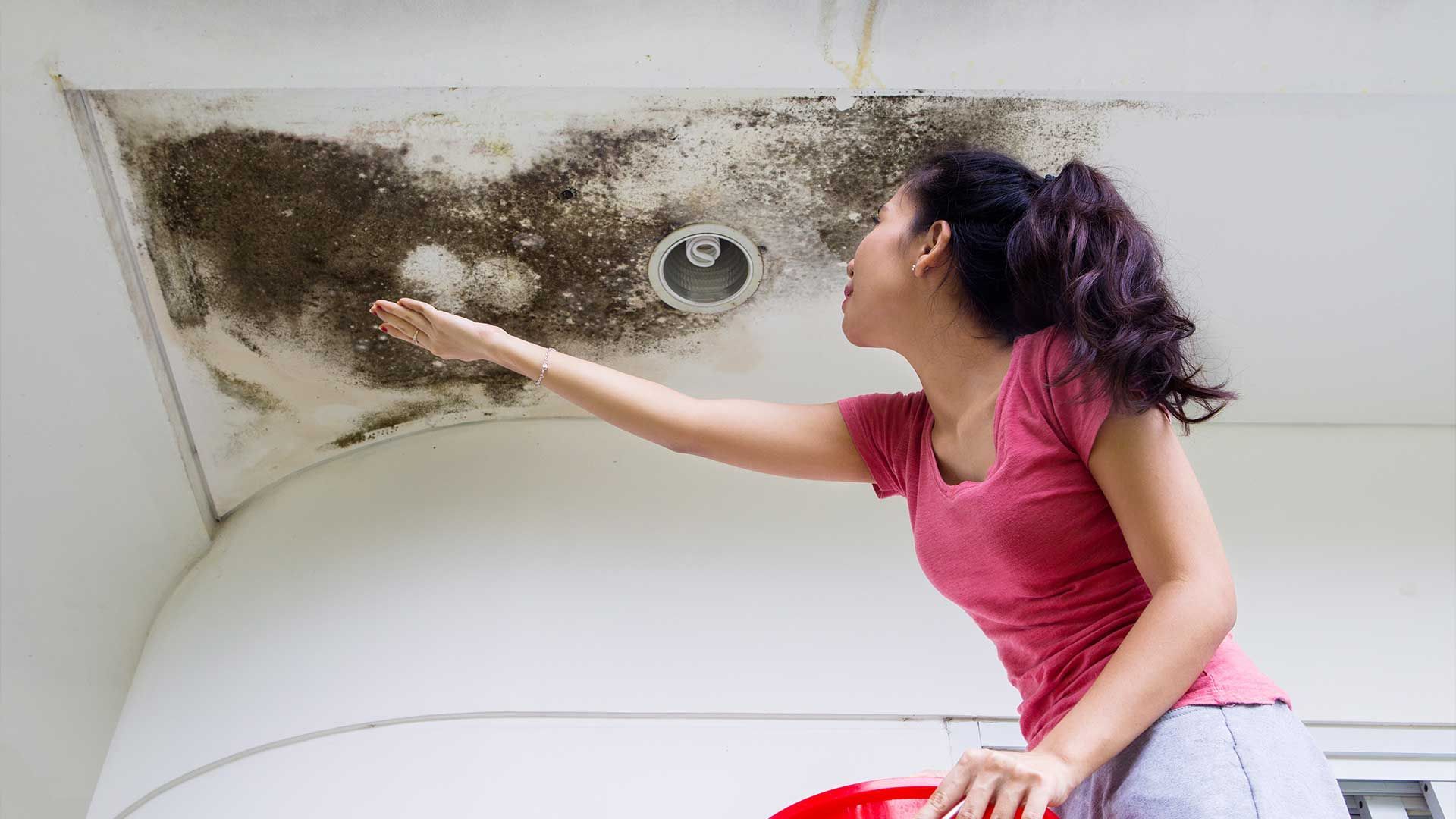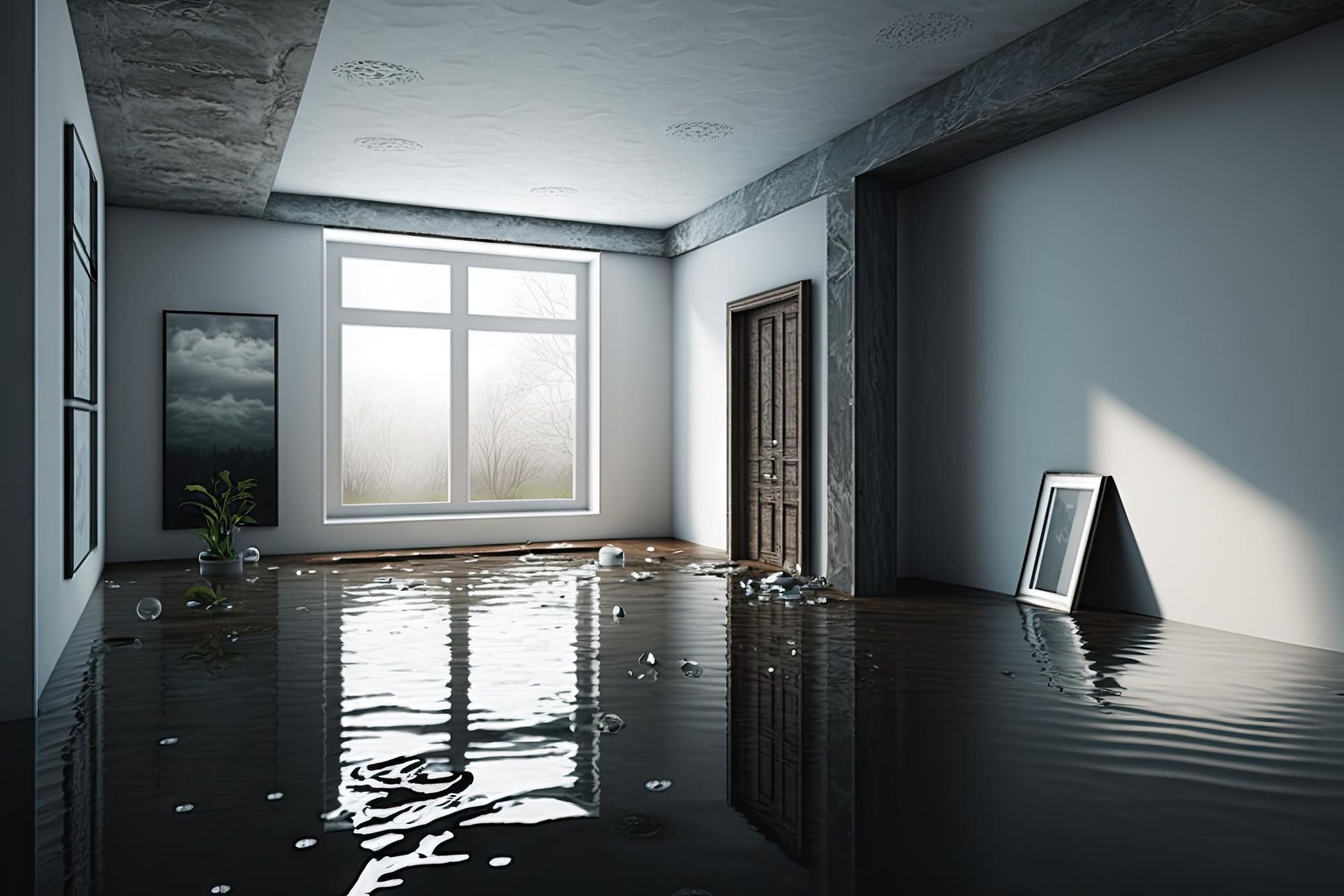Weathering the Storm: House Repairs to Consider After Extreme Weather Events
Mother Nature can be breathtakingly beautiful, but she can also be ruthless. From howling winds and torrential rain to blazing sun and ice storms, our homes can become victims to the elements. Extreme weather events are becoming increasingly frequent, leaving homeowners grappling with the aftermath. While your house may seem invincible, it's not immune to the fury of the skies. Here's a comprehensive guide on repairs to consider after these extreme weather events.
1. Flooding
When water finds its way into your home, it can be a homeowner's worst nightmare. Whether it's from heavy rainfall, surges from hurricanes, or melting snow, the damage can be extensive.
Immediate actions:
- Drain water: Before any repair, you need to get rid of standing water.
- Dry out the area: Use fans and dehumidifiers. The faster you dry out affected areas, the lesser the chances of mold growth.
Repairs to consider:
- Flooring: Carpets need to be cleaned and dried immediately or replaced if too soaked. Wooden floors might buckle or warp and will need refinishing or replacement.
- Walls: Drywall easily absorbs water and can foster mold. Check for signs of water damage and replace as needed.
- Electrical system: Water-damaged electrical outlets or wiring can be a fire hazard. Consult an electrician before turning on electricity in the affected areas.
2. Wind Damage
Wind doesn't simply blow against a structure; it exerts pressures that can exploit any weakness in the home's defense. Here’s a closer look at the potential damages and repairs related to wind:
A. Roof Concerns
- Shingles and Tiles: High winds can lift or even rip off shingles and tiles, exposing the underlayment. Over time, missing or damaged roof components can lead to leaks or more extensive structural damage. Always inspect your roof after significant wind events, replacing or re-securing any loose or missing parts.
- Flashing: This thin material, usually made of galvanized steel, directs water away from critical areas of the roof, like vents, chimneys, and valleys. Wind can dislodge or warp flashing, making your roof vulnerable to water damage.
B. Structural Integrity
- Siding and Cladding: Wind can get underneath loose siding panels, ripping them away or causing them to flap, which can lead to moisture penetration. Regularly inspect and repair any damaged or missing siding.
- Fencing: Wooden fences, in particular, can be susceptible to wind damage. Reinforce loose posts, replace damaged panels, and consider windbreaks like shrubs or trees to deflect wind.
C. Trees and Vegetation
- Falling Branches: Wind can break weak tree limbs, which can then fall on your house, car, or power lines. Regular tree maintenance, like pruning and health checks, can prevent potential damages.
- Uprooted Trees: In extreme cases, large trees can get uprooted, causing substantial damage. Ensure trees close to your home or other structures have a strong root system and are healthy.
D. Windows, Doors, and Entryways
- Flying Debris: High winds can turn everyday objects into projectiles. Windows can be shattered, and doors can be dented or knocked off their hinges. Consider investing in storm shutters or impact-resistant windows in areas prone to high wind events.
- Air Leaks: If wind finds its way inside through gaps around windows or doors, it can pressurize the home, potentially leading to even more damage. Regularly check seals, weather stripping, and ensure doors and windows shut tightly.
E. Outdoor Structures and Items
- Patio Furniture and Decor: Items left outside can be tossed around or become airborne. Store or secure outdoor furniture, grills, decorations, and other items when high winds are forecasted.
- Sheds and Outbuildings: These structures might not be as robustly built as the main house. Ensure they’re anchored securely to the ground and check for any damages after wind events.
While we can't control the wind, we can control how prepared our homes are against its forces. Regular inspections, strategic landscaping, and timely repairs can help ensure that even when the wind howls, our homes remain our safe havens.
3. Hail Damage
Hailstones can range from pea-sized to as large as baseballs. These icy missiles can wreak havoc on a house.
Repairs to consider:
- Roof: Hail can cause dents or holes in your roofing. A thorough inspection will determine if you need repairs or a complete replacement.
- Vehicles: If parked outside, cars can get dented. Consider paintless dent removal for minor damages.
- Landscaping: Plants can get stripped or damaged. Remove damaged portions to allow plants to recover.
4. Snow and Ice
The pristine beauty of a fresh snowfall or the glittering charm of icicles hanging from eaves can be deceptive. Behind these wintery scenes often lurk potential damages and dangers for homeowners.
A. Roof Issues
- Ice Dams: These occur when snow on the roof melts, flows down, and refreezes at the edge. This ice can prevent future meltwater from draining, forcing it under the shingles and into the house. Repairs often involve replacing damaged shingles and insulation. To prevent ice dams, ensure adequate attic insulation and proper ventilation.
- Snow Accumulation: Roofs are designed to bear a certain load, but excessive snow, especially wet snow, can push this limit. Regularly clearing the snow, using roof rakes or hiring professionals, can prevent potential collapse.
B. Structural Concerns
- Frozen Gutters: Just like ice dams on roofs, gutters can get clogged with ice, preventing meltwater drainage and leading to overflows or even breaks. Ensure gutters are clean before winter hits, and consider installing heated cables to prevent freezing.
- Foundation Damage: Melting snow can pool around the foundation and freeze. This expansion can cause cracks, allowing future meltwater to enter basements. Redirecting snow away from the home's foundation and ensuring good drainage can help prevent this.
C. Utilities and Systems
- Pipes: Pipes, especially those in uninsulated areas like basements, attics, or exterior walls, can freeze and burst. Always insulate these areas and consider letting faucets drip during particularly cold nights. If a pipe does burst, shut off the main water valve and contact a plumber immediately.
- Heating Systems: The constant demand for heat can strain your HVAC system. Regular maintenance checks, cleaning of filters, and ensuring clear external exhaust vents can prevent unexpected breakdowns.
D. Safety Hazards
- Slippery Paths: Icy walkways and driveways are not just an inconvenience; they're a significant hazard. Use salt, sand, or ice melt products to keep paths clear. Ensure your home's entryways are slip-free by placing non-skid mats and boot trays.
- Falling Icicles: Large icicles can pose a danger if they fall. Remove them from areas where people might walk under, such as entrances or pathways.
E. Windows and Doors
- Seals and Insulation: Cold air can creep in through poor seals, causing drafts and higher heating bills. Check and replace worn-out weather stripping and caulking. Consider using plastic film kits for additional insulation during extreme cold spells.
- Frozen Frames: Wooden window and door frames can swell with moisture and freeze, making them difficult to open or close. Regular maintenance, sealing, or painting can prevent this issue.
Snow and ice, while enchanting, require homeowners to be proactive in maintenance and reactive in repairs. Being prepared can save money in the long run, prevent catastrophic damages, and ensure your home remains a warm and safe refuge during the icy grip of winter.
5. Extreme Heat
Contrary to cold events, extreme heat can also pose challenges.
Repairs to consider:
- Cooling systems: Ensure your air conditioning system is working efficiently. Clean or replace filters and consider a maintenance check.
- Landscaping: Heat can scorch your plants. Water them regularly, preferably during the cooler parts of the day.
- Windows: Consider sun-reflective window films to prevent interiors from heating excessively.
Conclusion
Extreme weather events can be a test of our resilience. But with every storm, there’s a clear sky waiting. Regular maintenance, thorough inspections, and prompt repairs can ensure your home remains a sanctuary, come rain or shine. When facing such damages, it's vital to choose the right professionals. For those in Linwood, NJ, Seaboard Building & Restoration, Inc. stands out as a trusted service provider. Reach them at 856-534-0132 for expert advice and services. Remember, your home is not just a building; it's where memories are made, and ensuring its integrity means preserving those cherished moments. Stay safe, and may your home always be your haven amidst the storms.
